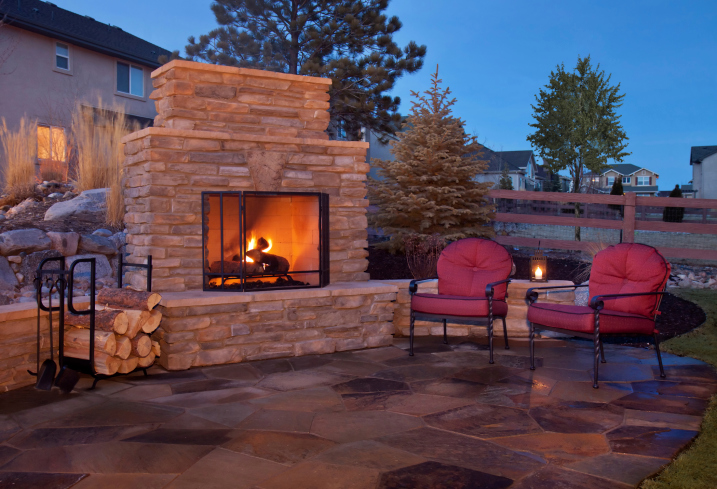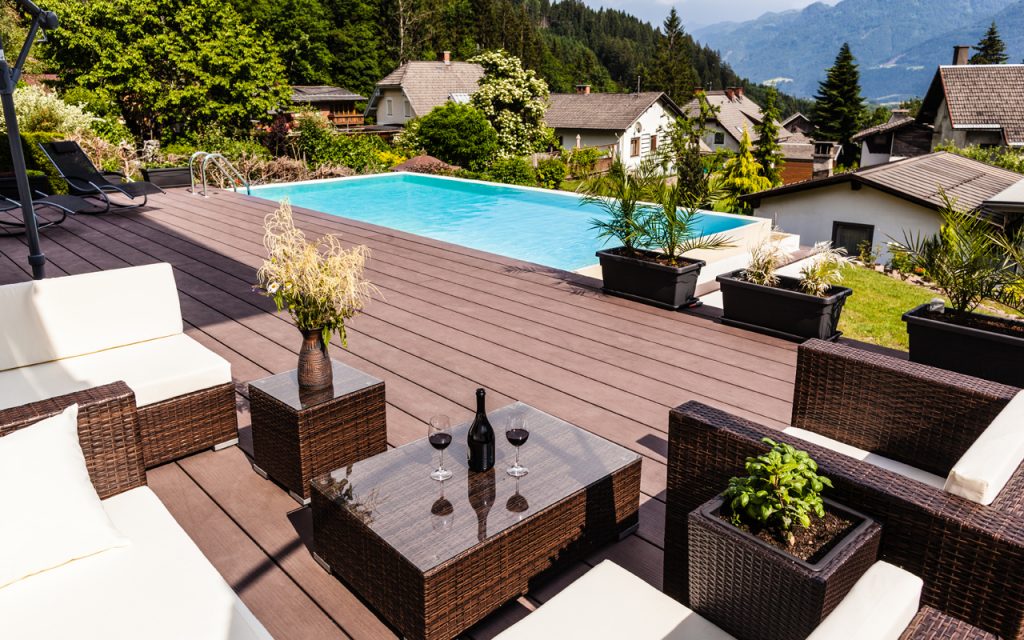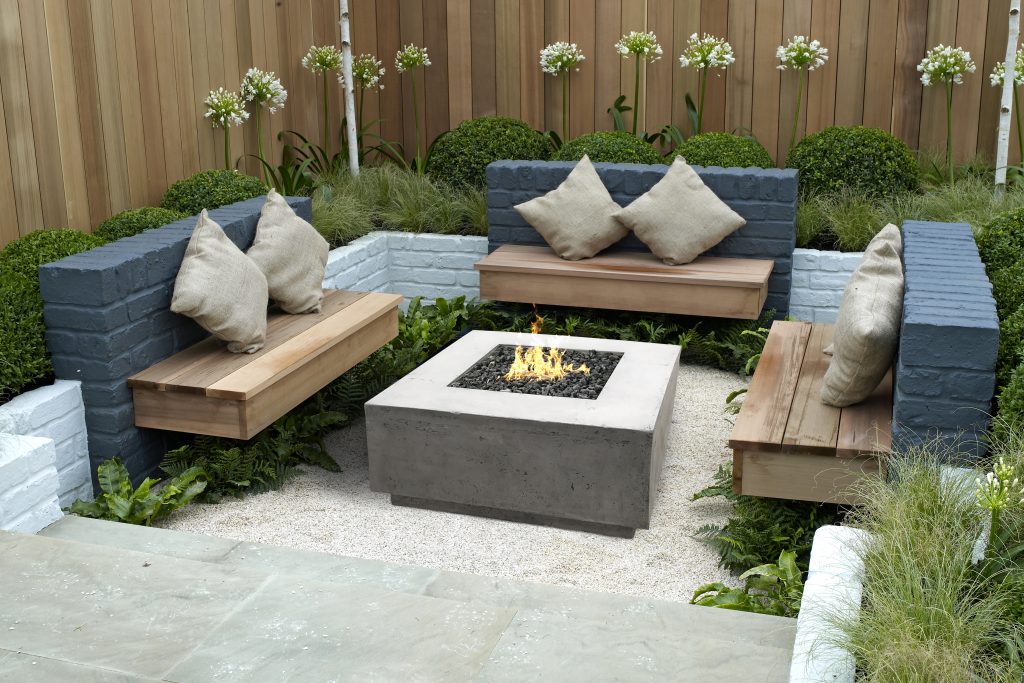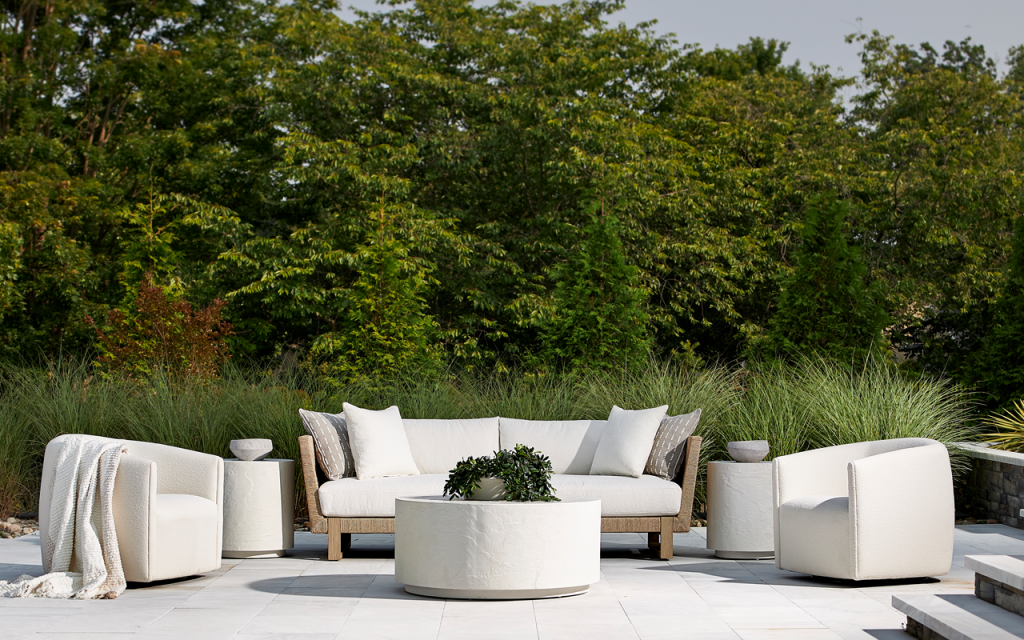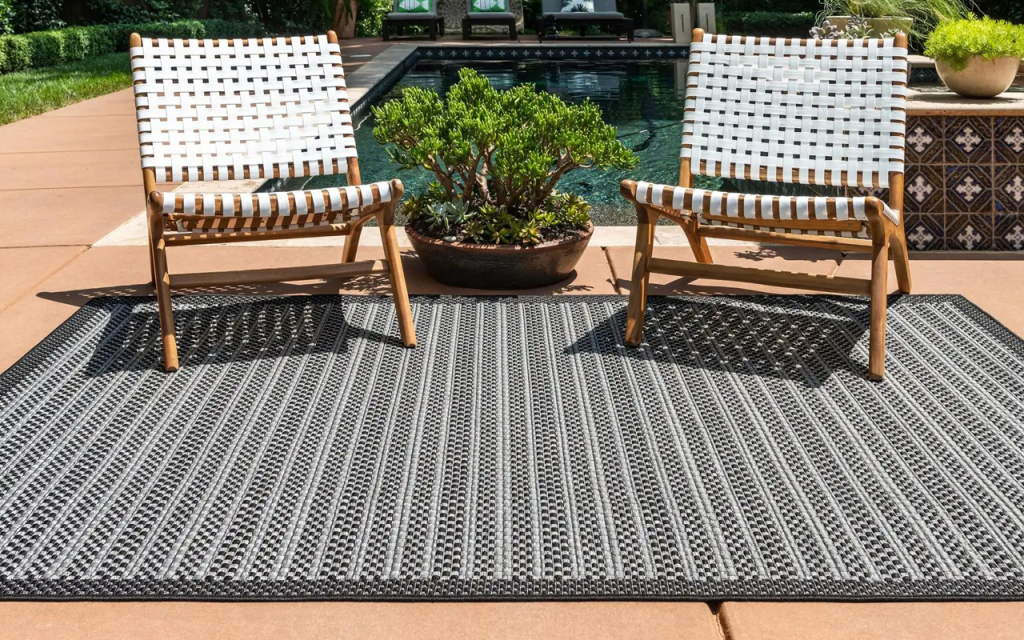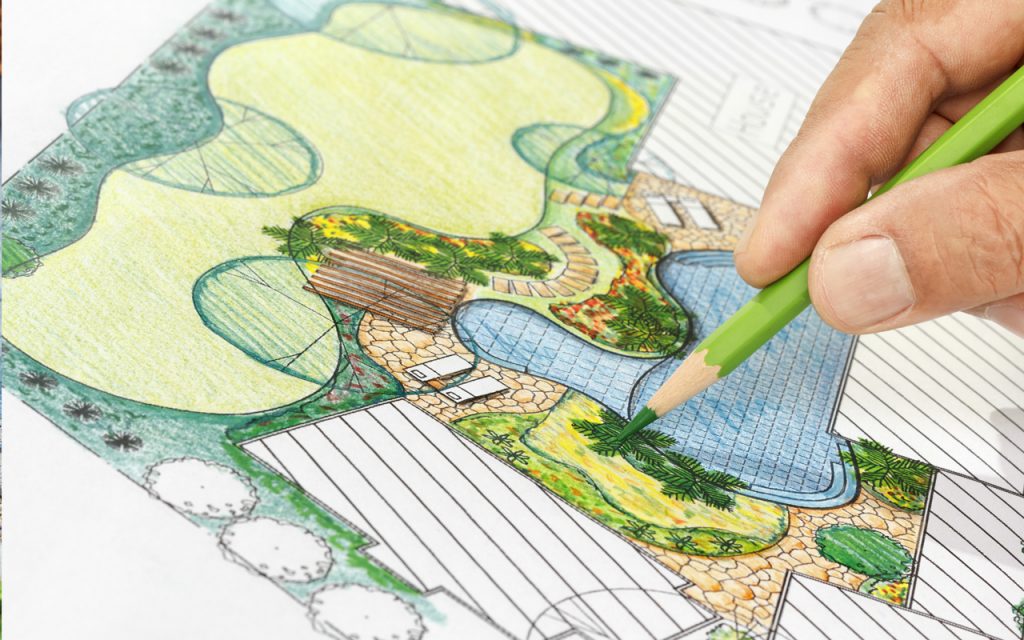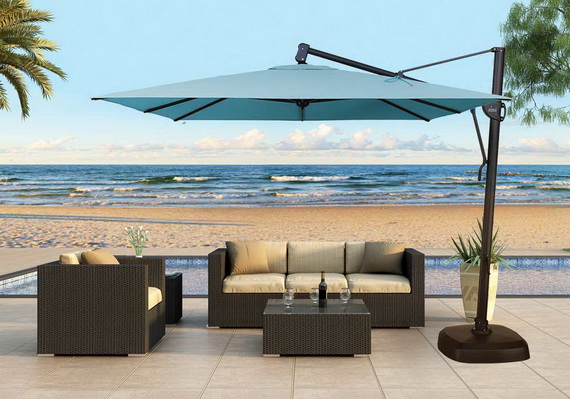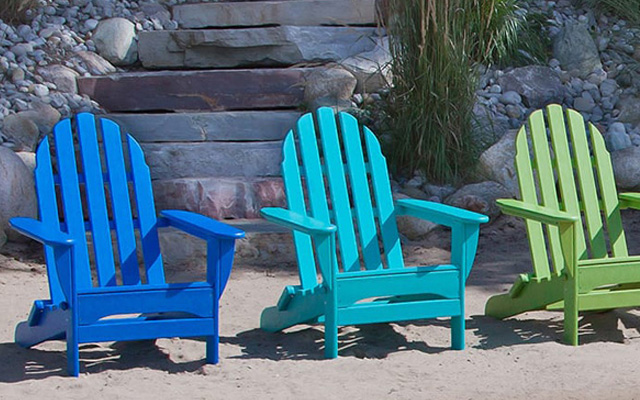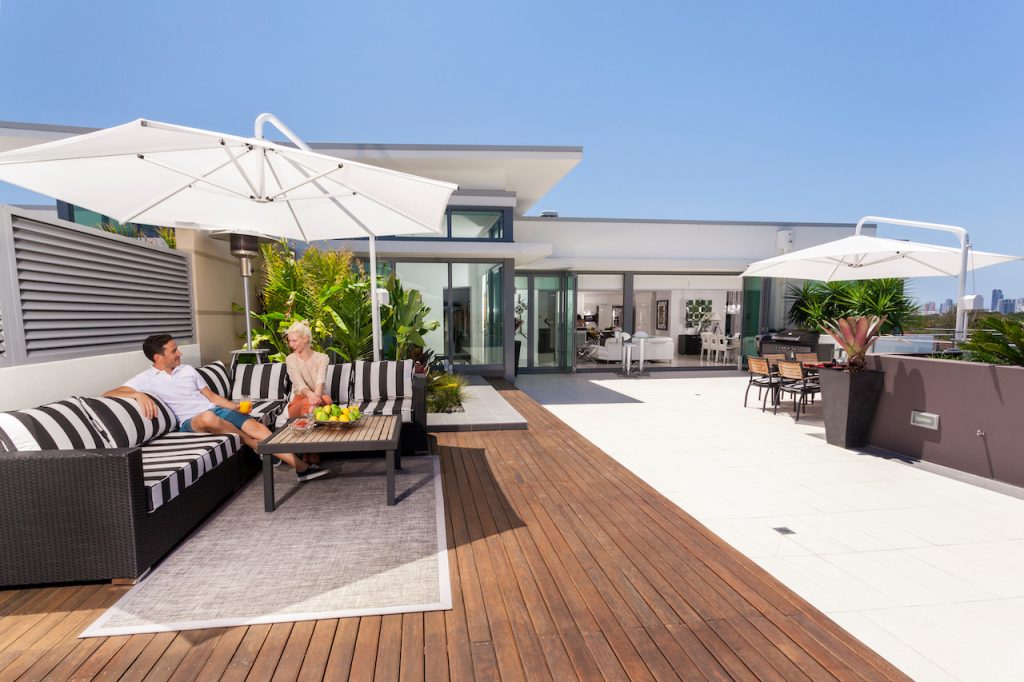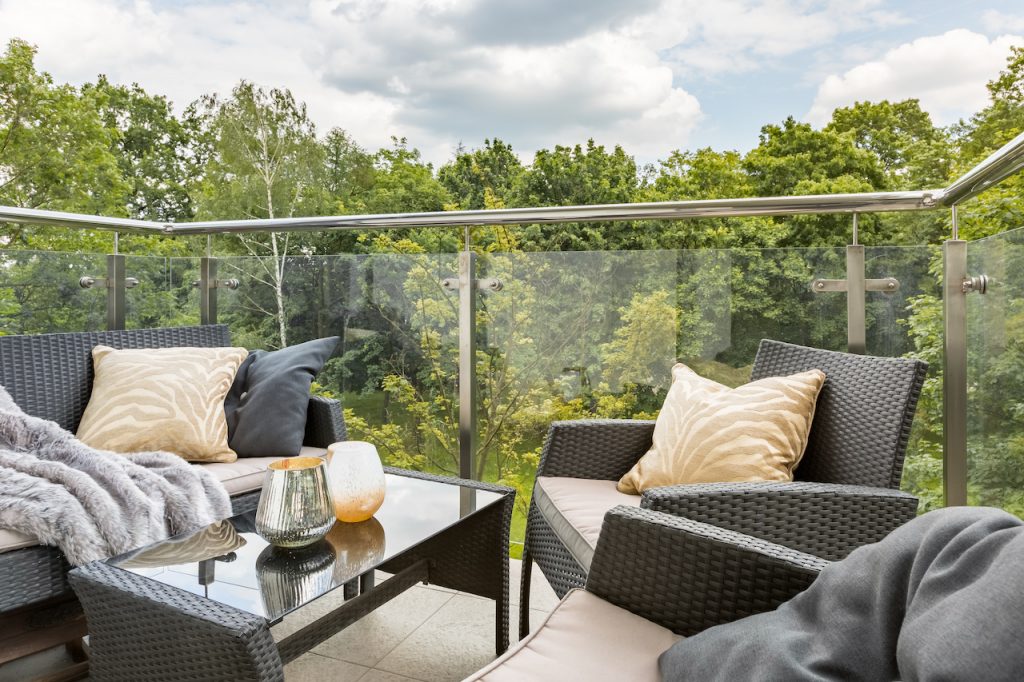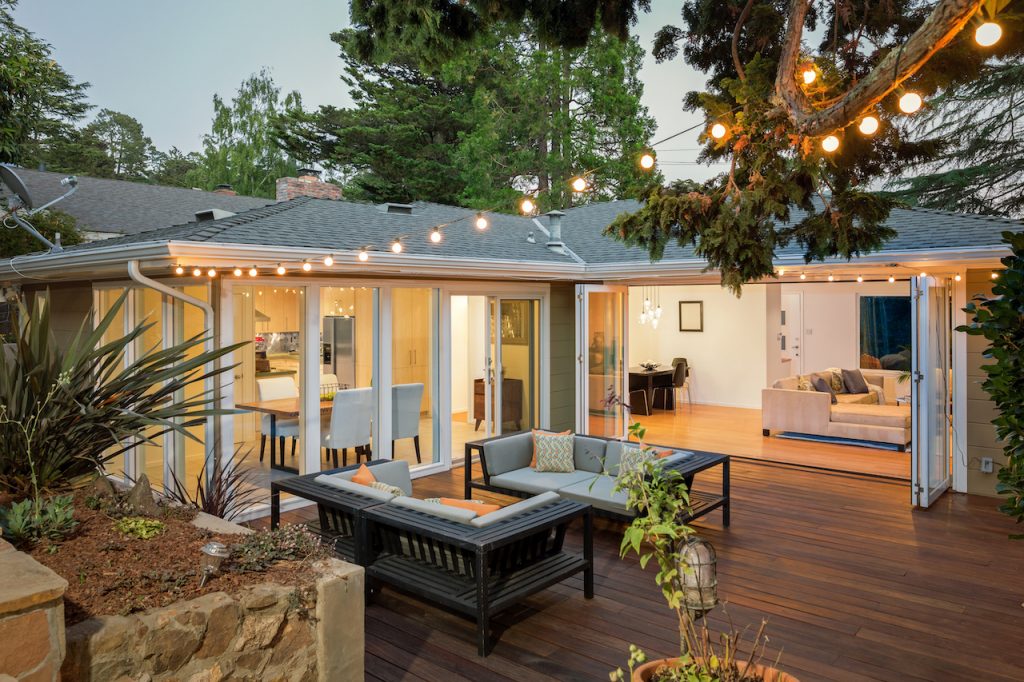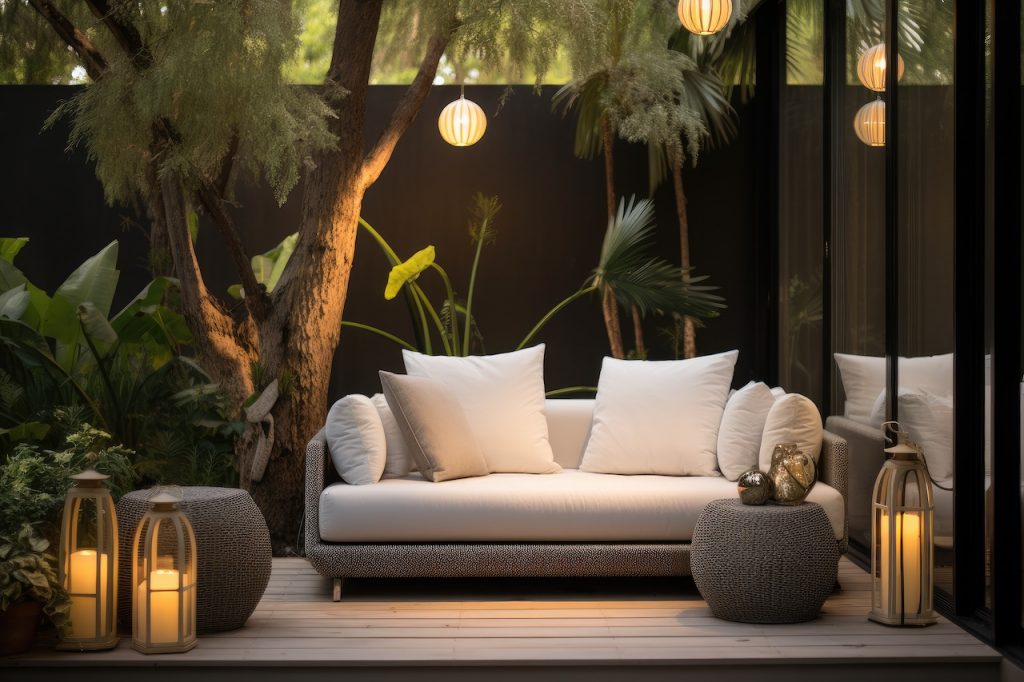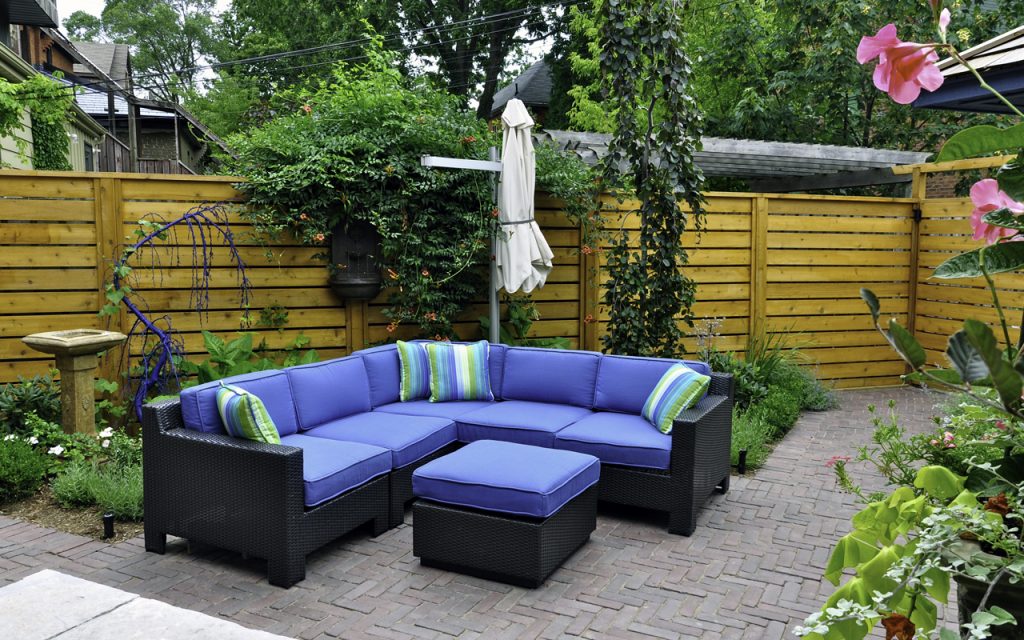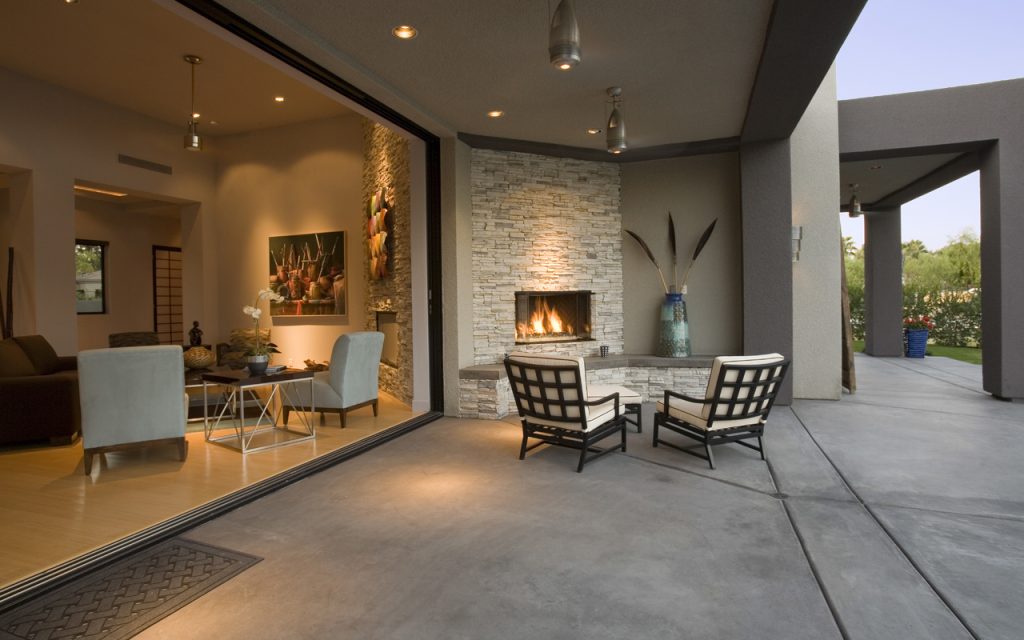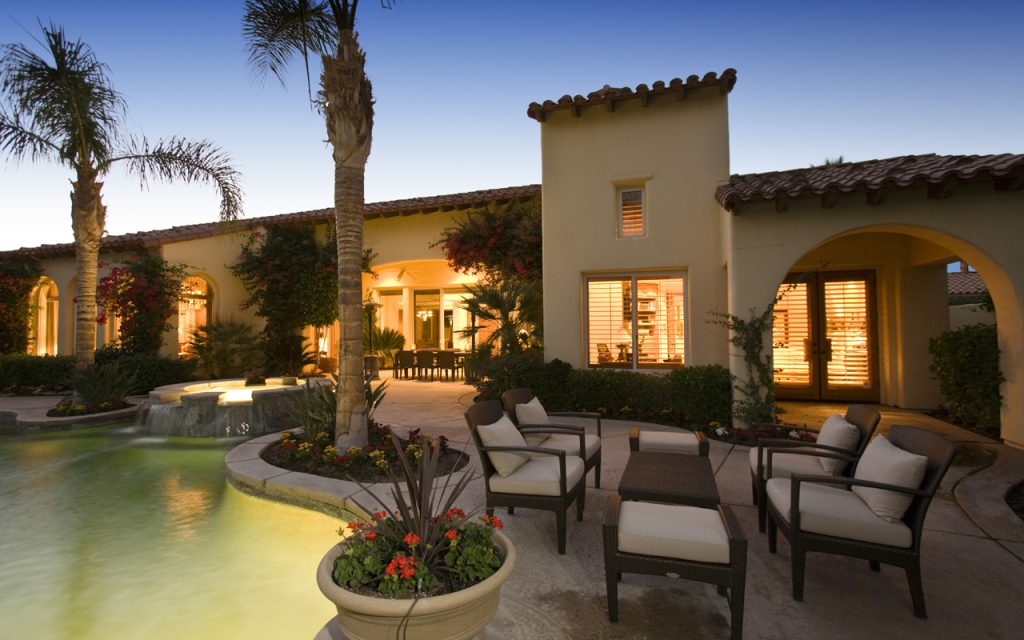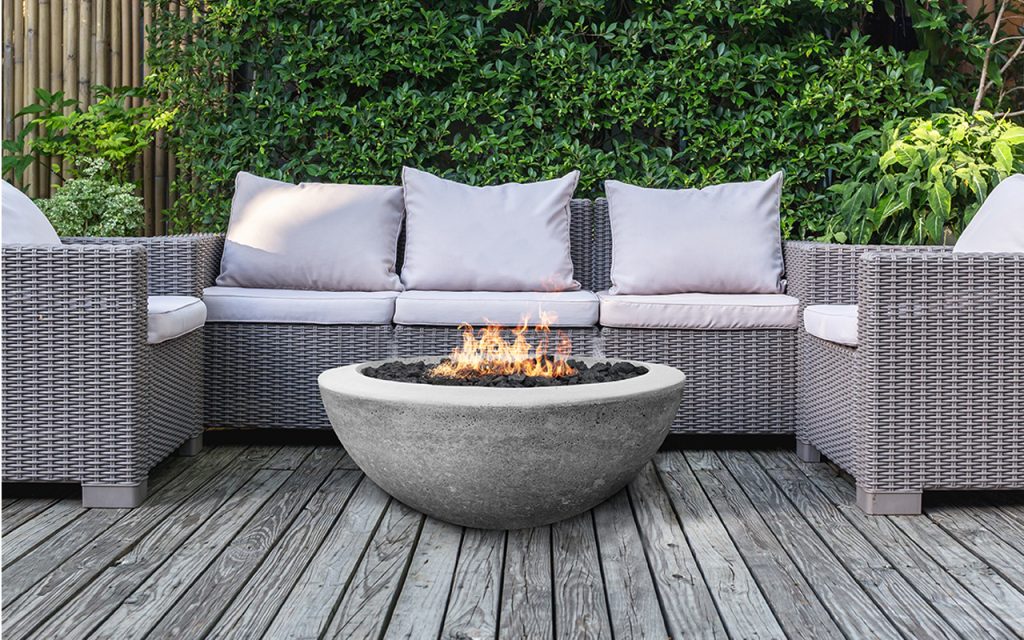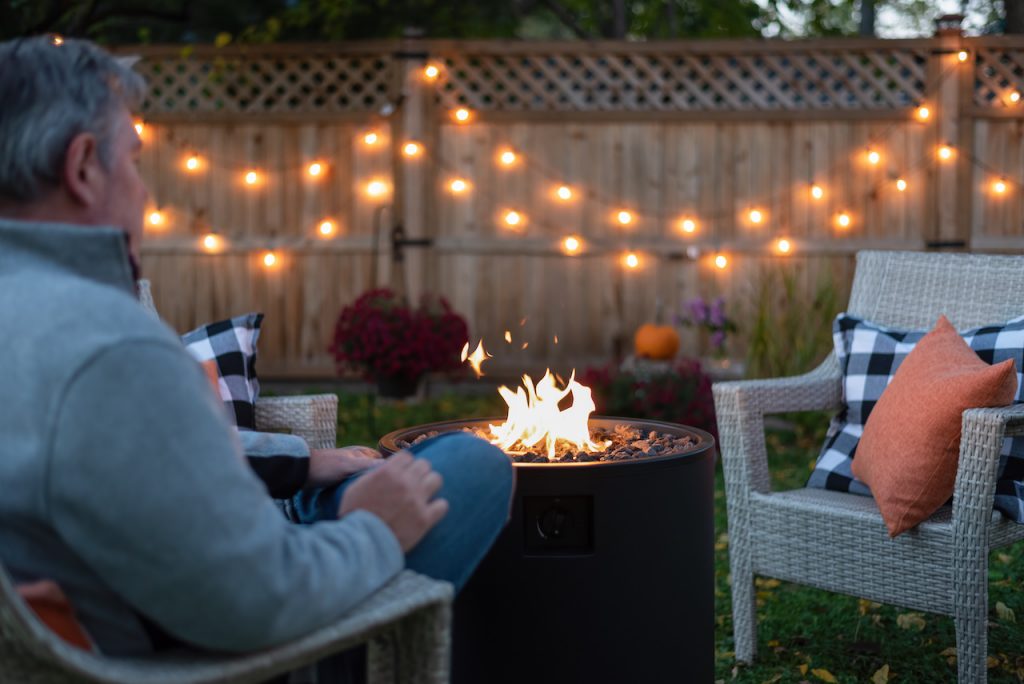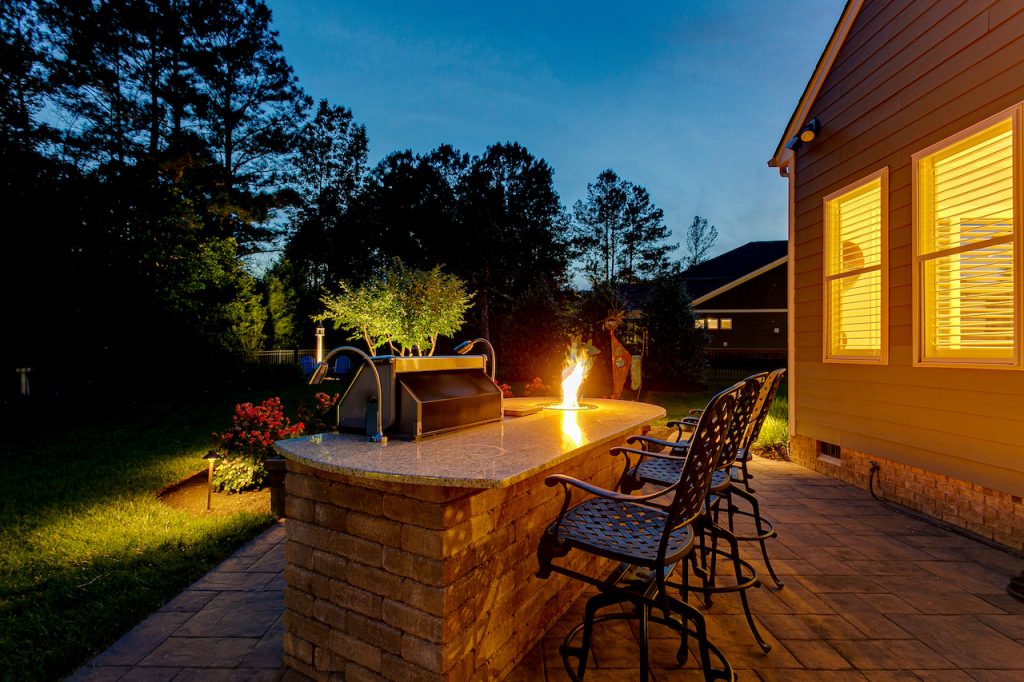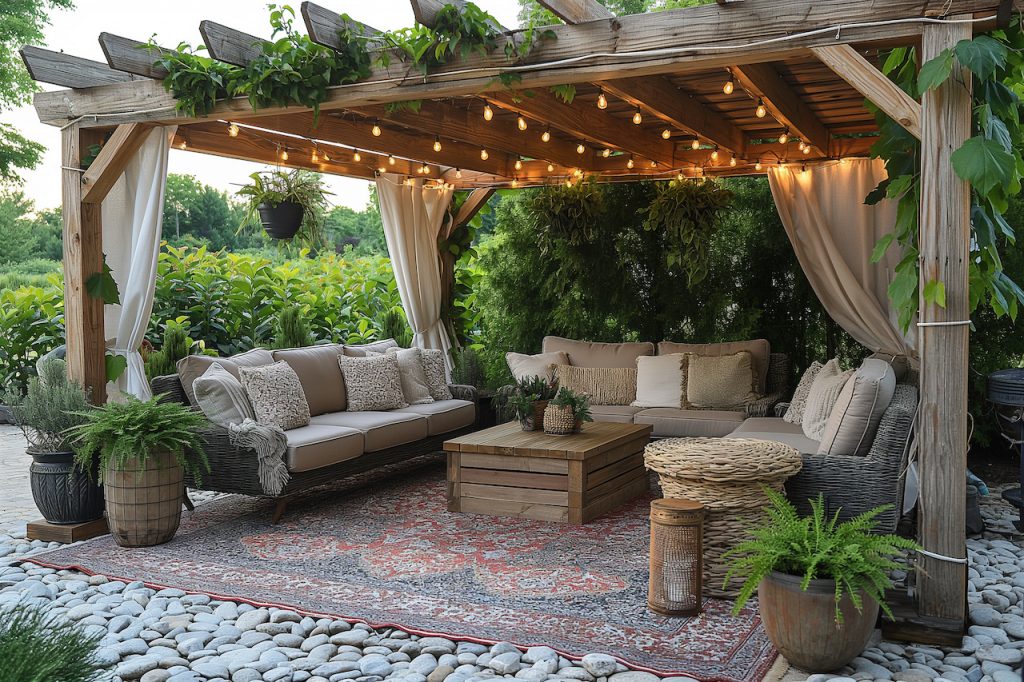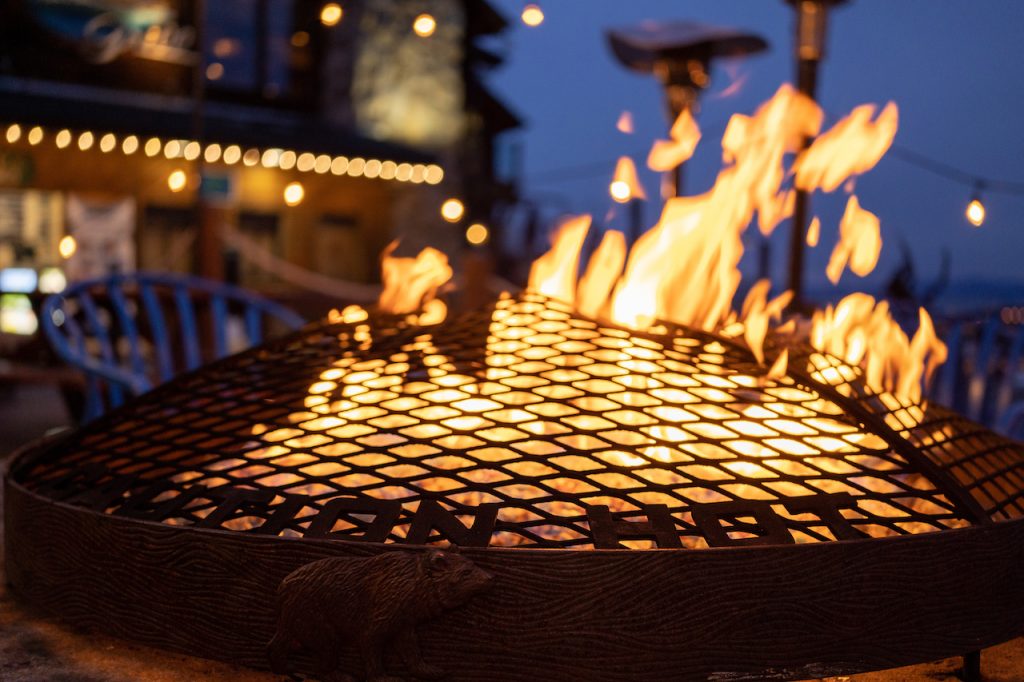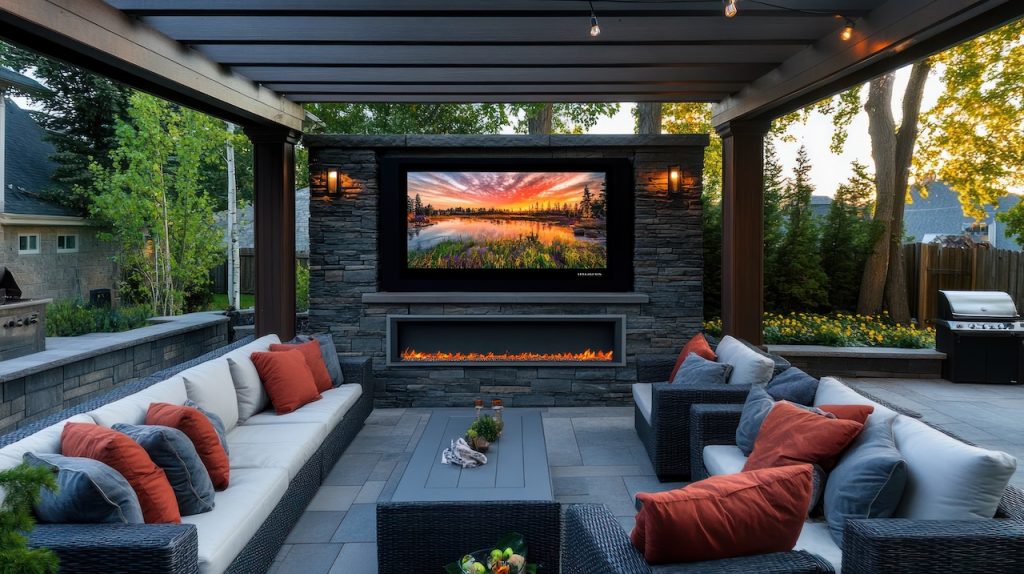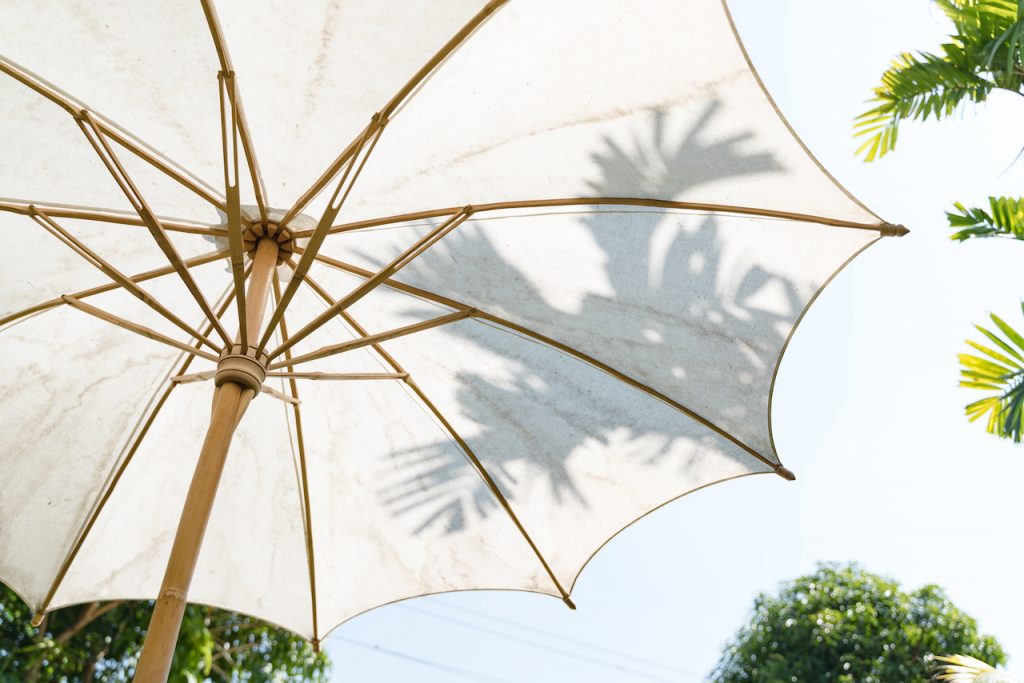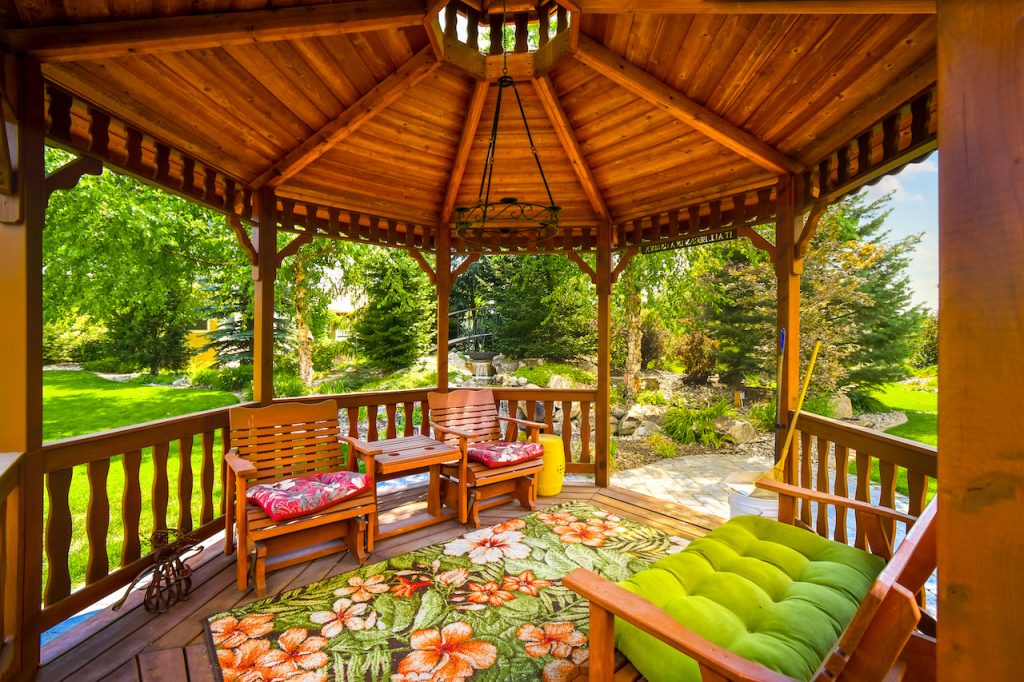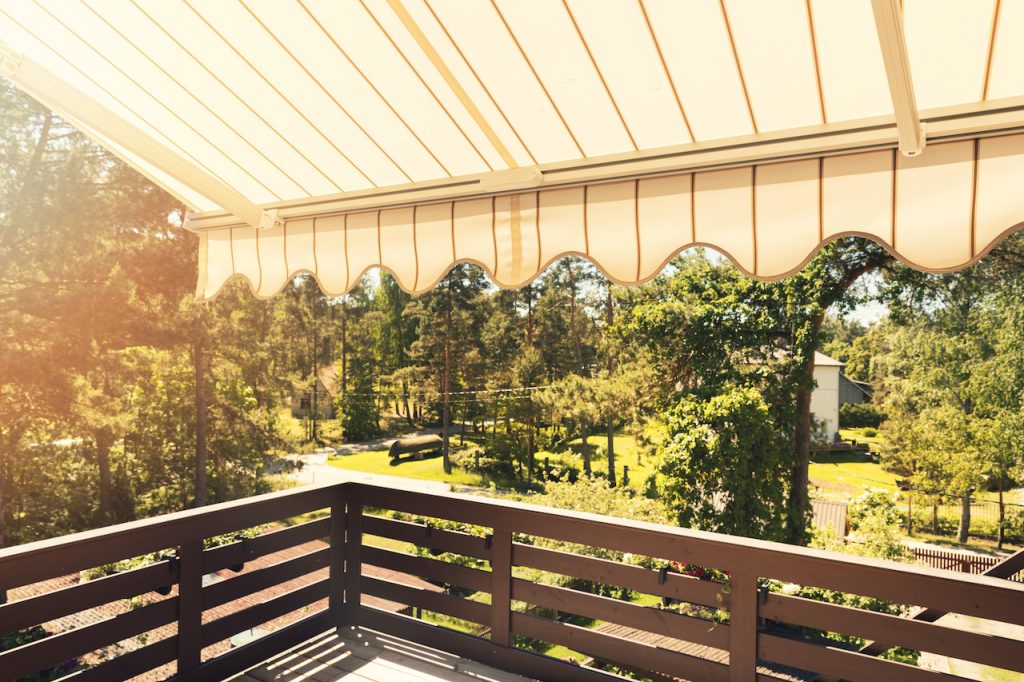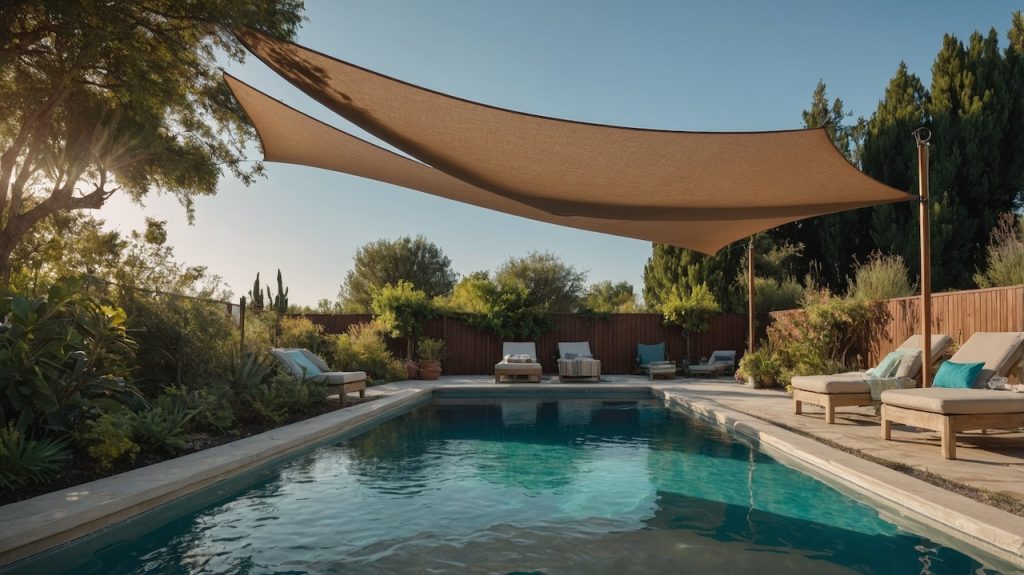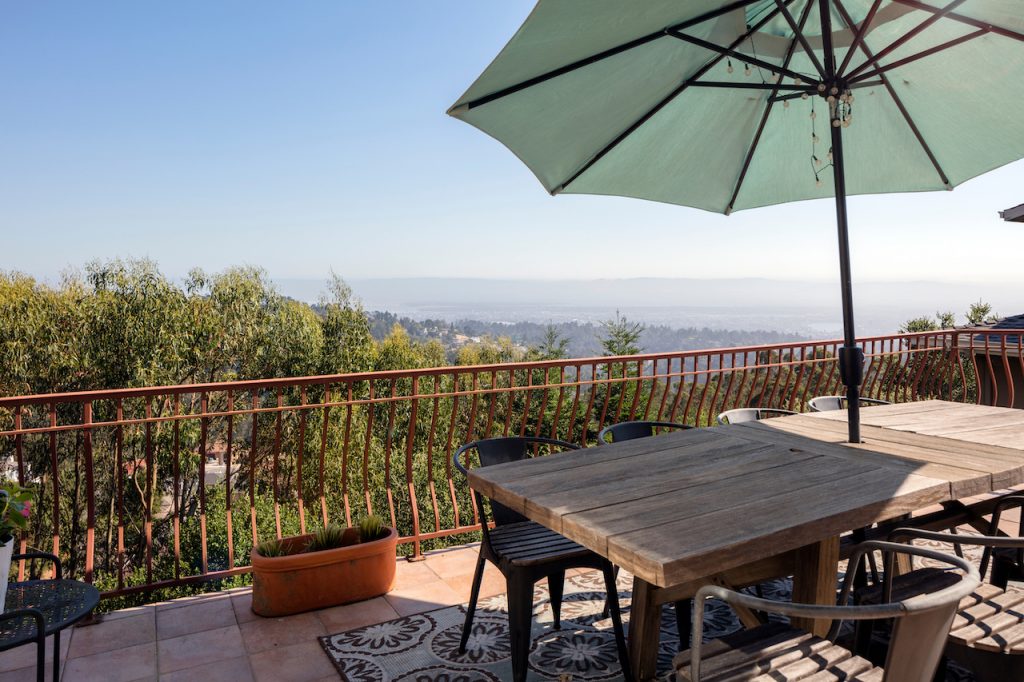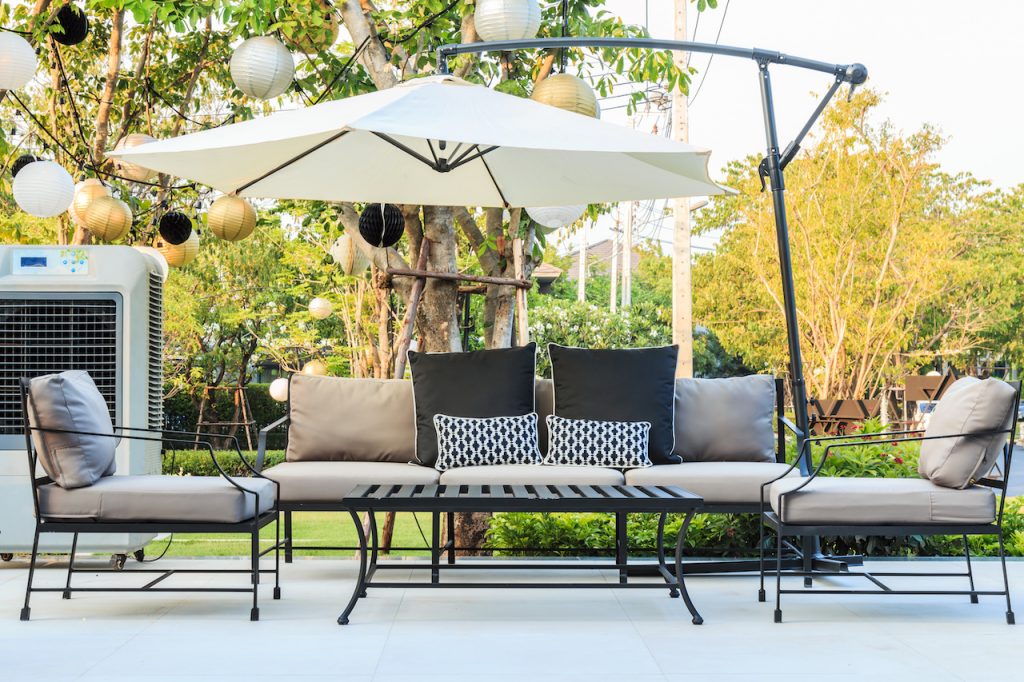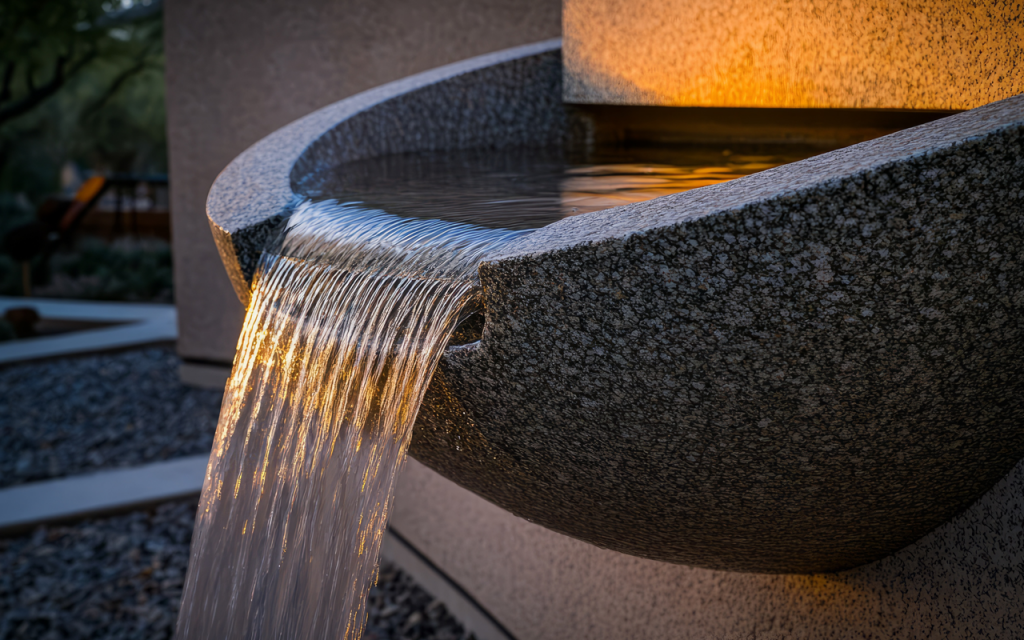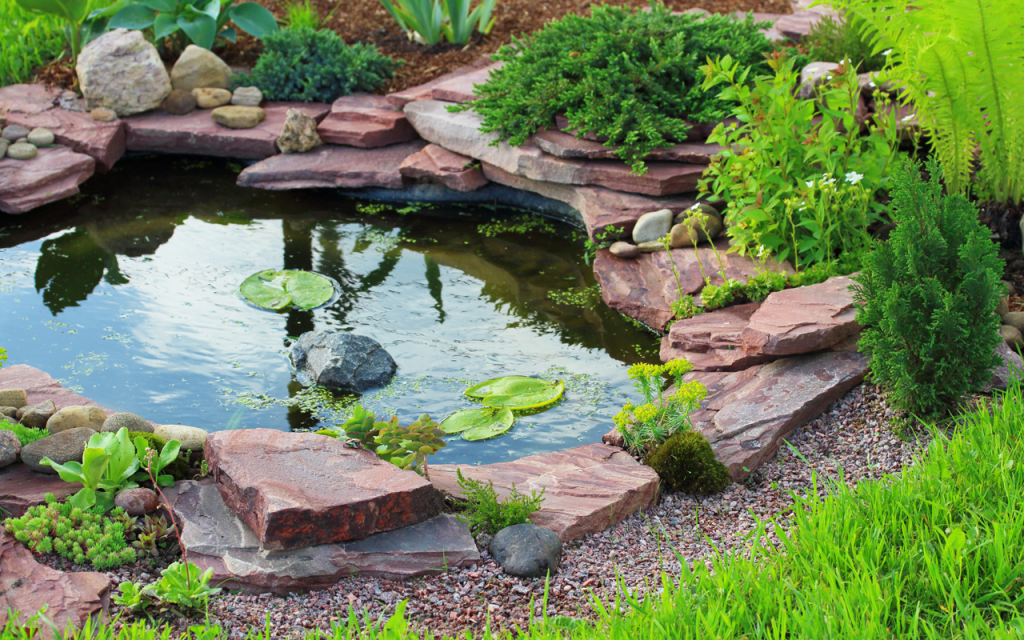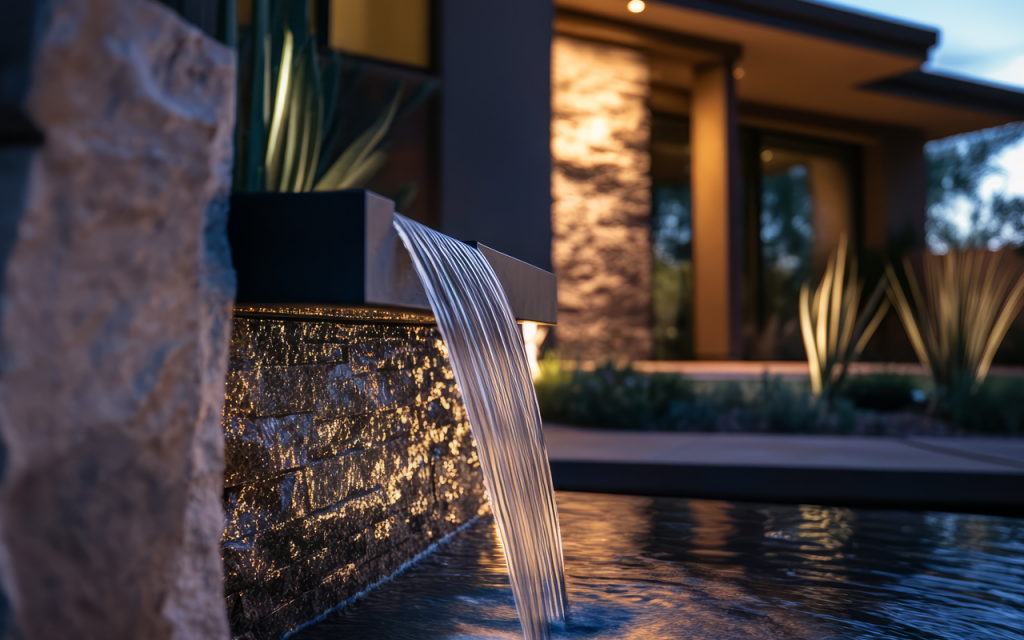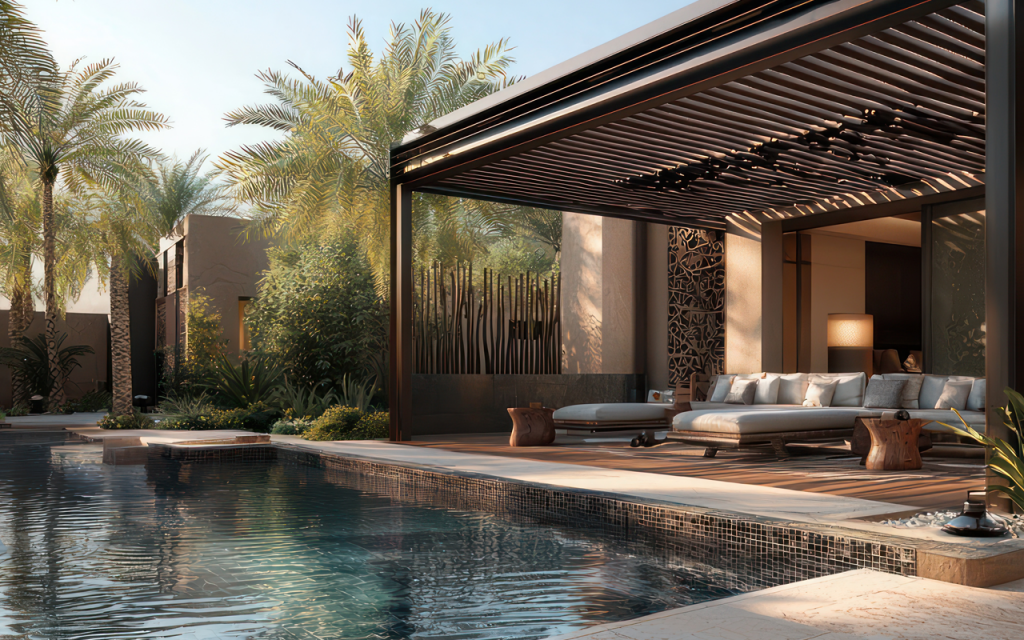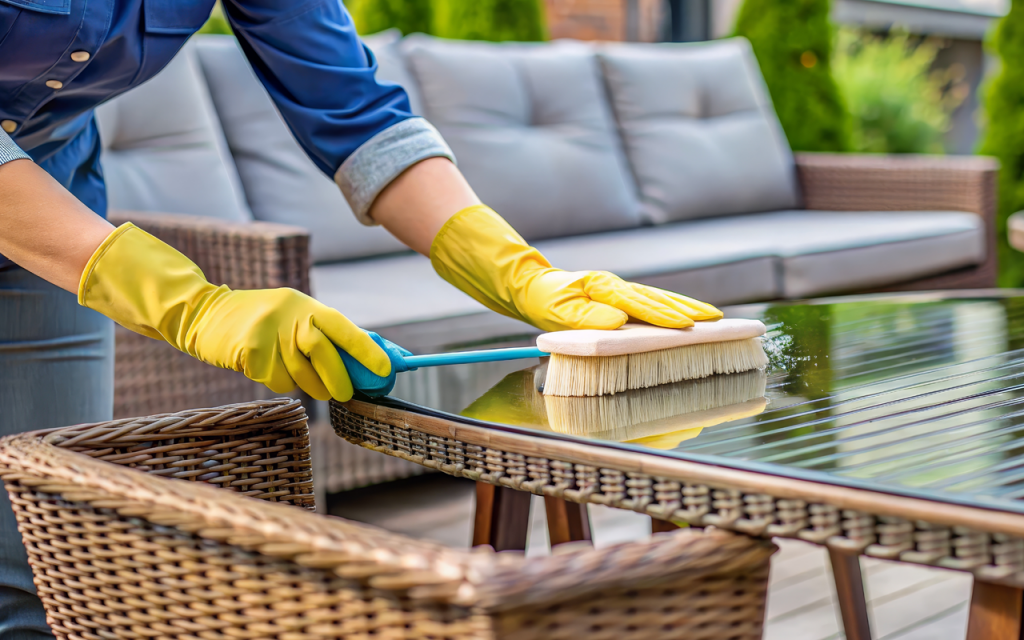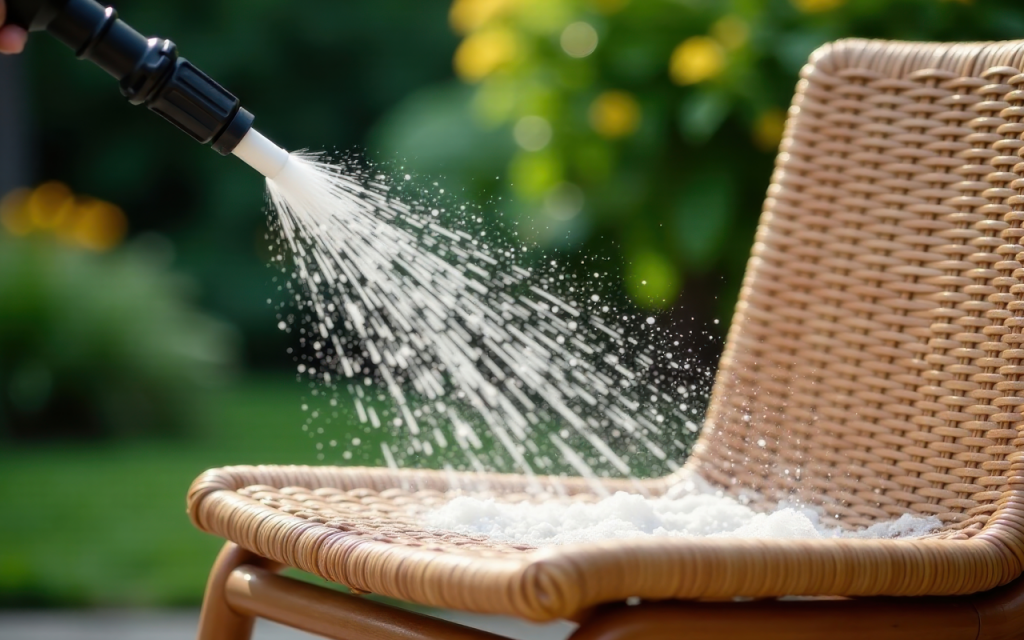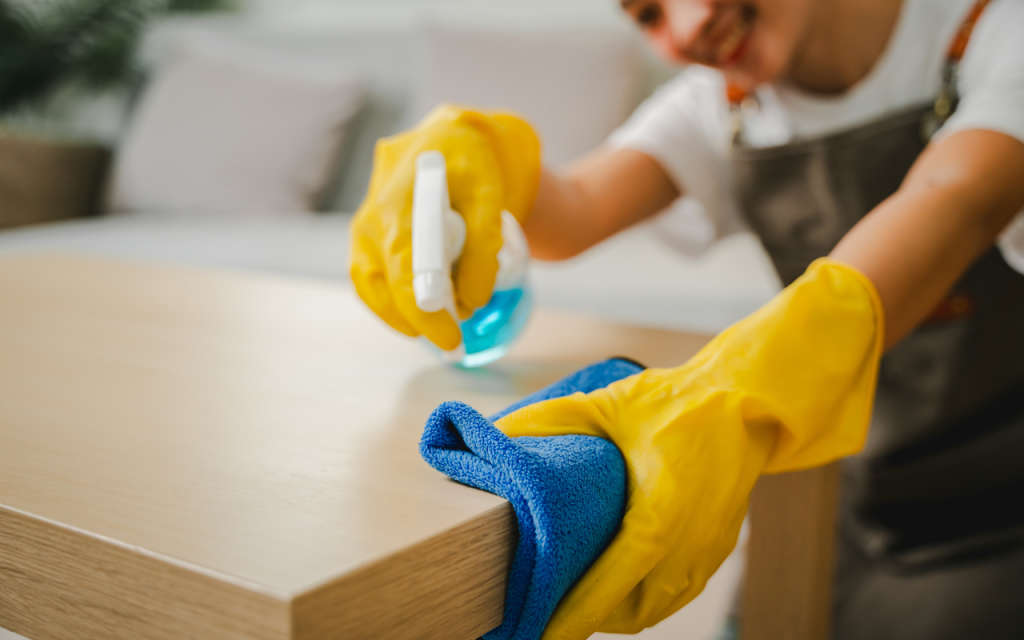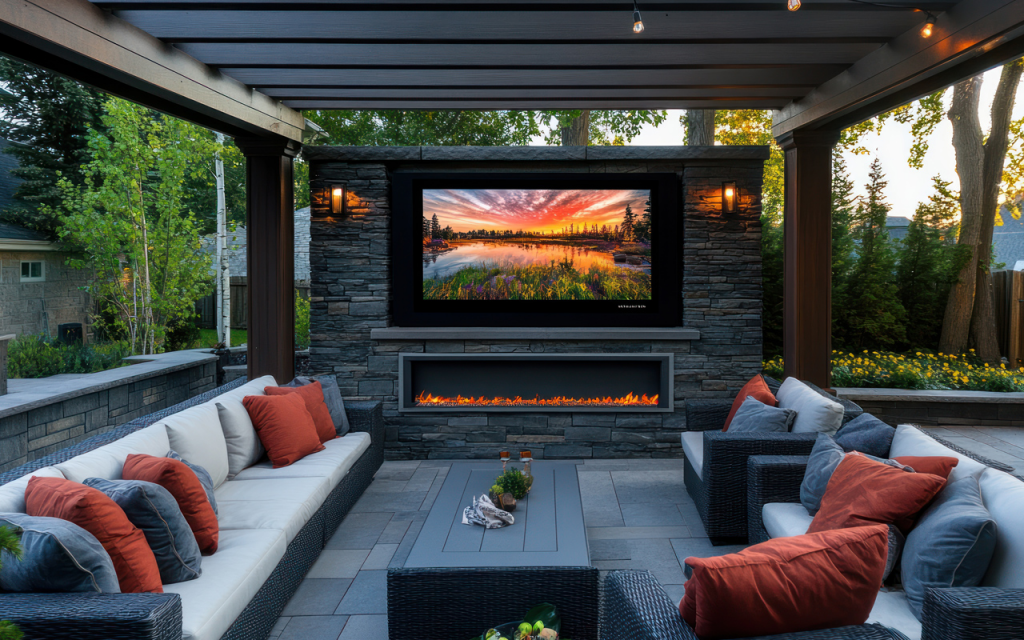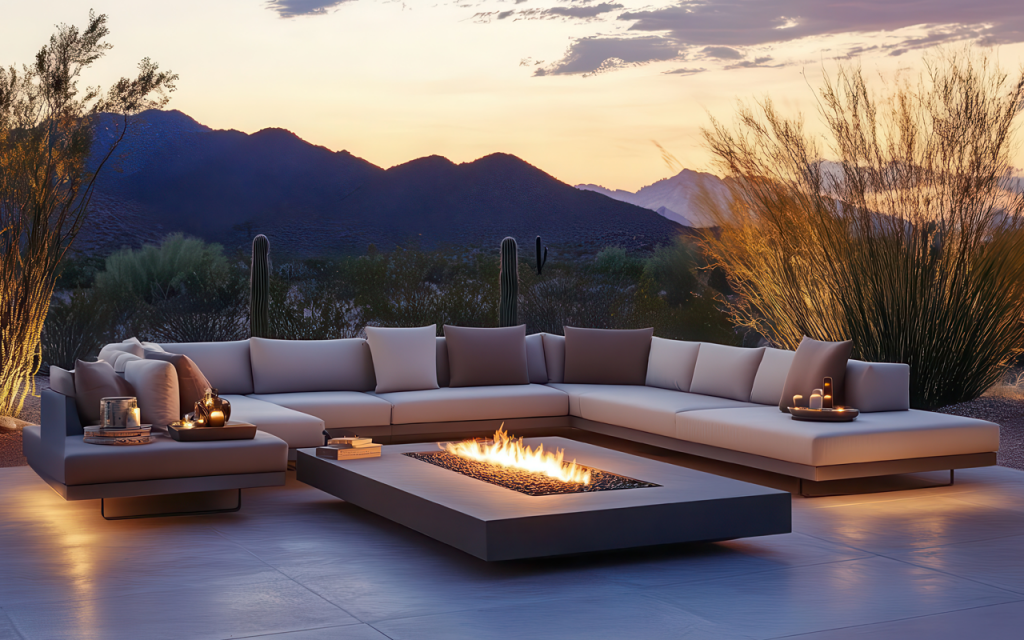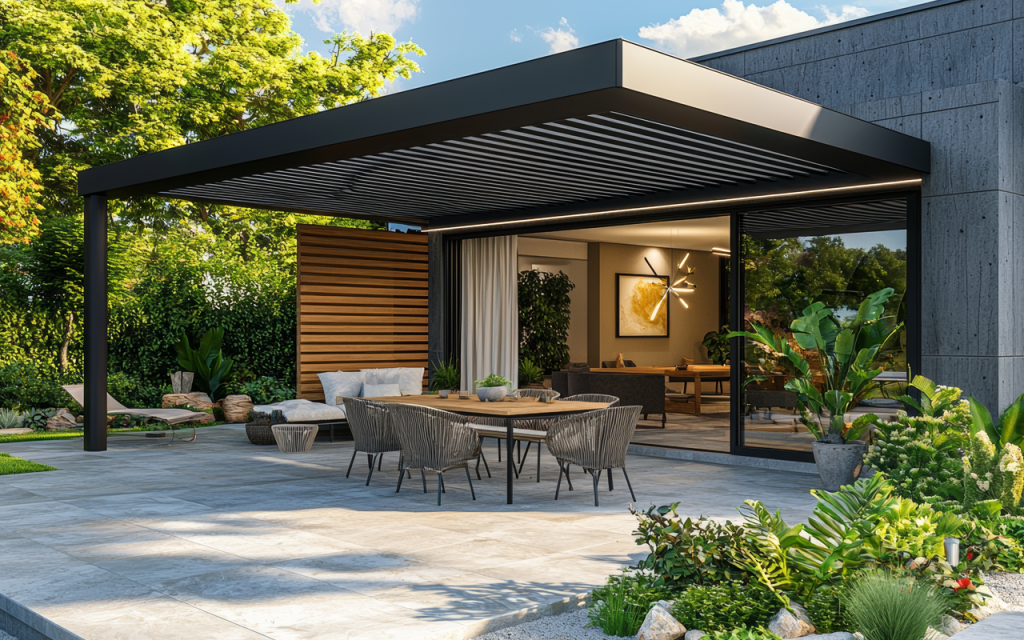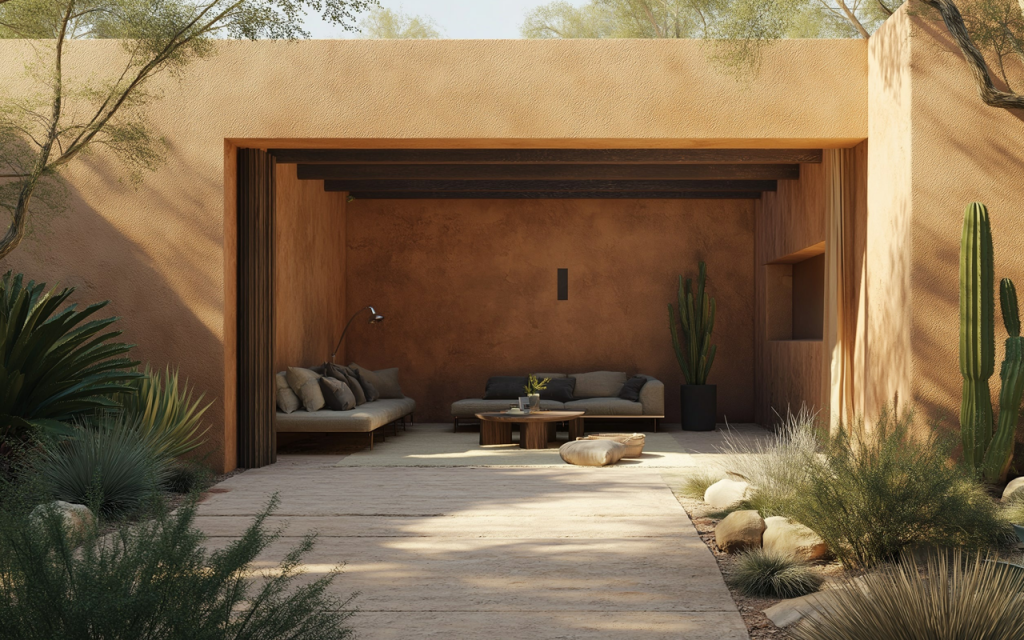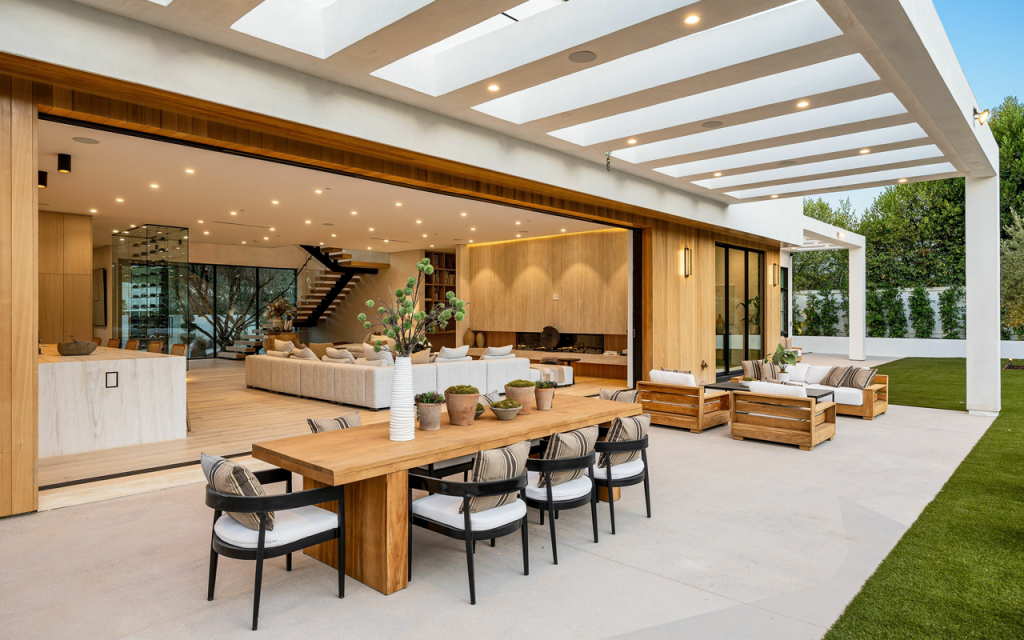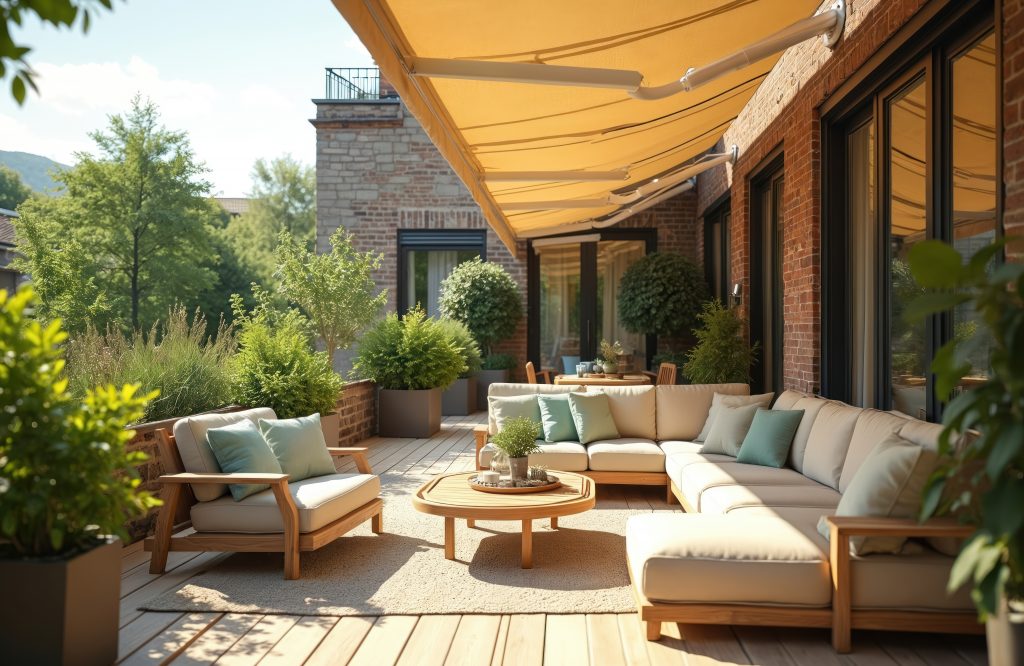
Creating an inviting and stylish patio space is a fantastic way to elevate your outdoor living experience. Whether you’re looking to unwind after a long day or entertain guests in style, choosing the right patio furniture can make all the difference. As Arizona furniture enthusiasts know, the key to a stunning patio lies in balancing aesthetics with practicality. At All American Outdoor Living, we believe in crafting spaces that are not only beautiful but also durable and functional. Here are the top five outdoor styles that will transform your patio this year.
1. Modern Elegance
Modern patio furniture focuses on clean lines, simple shapes, and high-quality materials. Think sleek aluminum frames, neutral color palettes, and functional designs that emphasize comfort without clutter. In Arizona’s sun-soaked climate, materials like powder-coated metal and weather-resistant fabrics are essential for longevity.
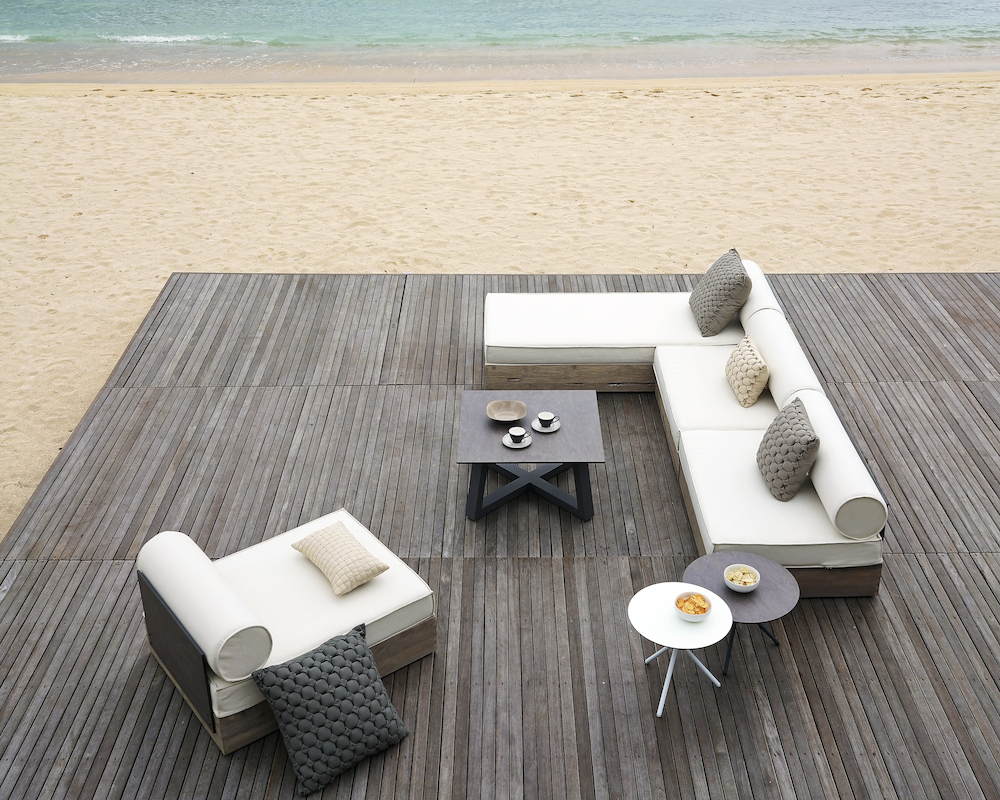
To complete the look, pair your modern furniture with geometric planters and minimalist décor. A well-placed fire pit can add warmth and elegance, seamlessly blending function and style. All American Outdoor Living offers a range of modern patio furniture that perfectly complements contemporary outdoor spaces.
2. Rustic Charm
If you’re drawn to natural elements and a cozy, welcoming vibe, rustic patio furniture is your go-to. This style features rugged wood, wrought iron accents, and earthy tones that harmonize with the outdoors. In Arizona, where nature is an integral part of lifestyle, rustic styles effortlessly merge indoor comfort with outdoor living.
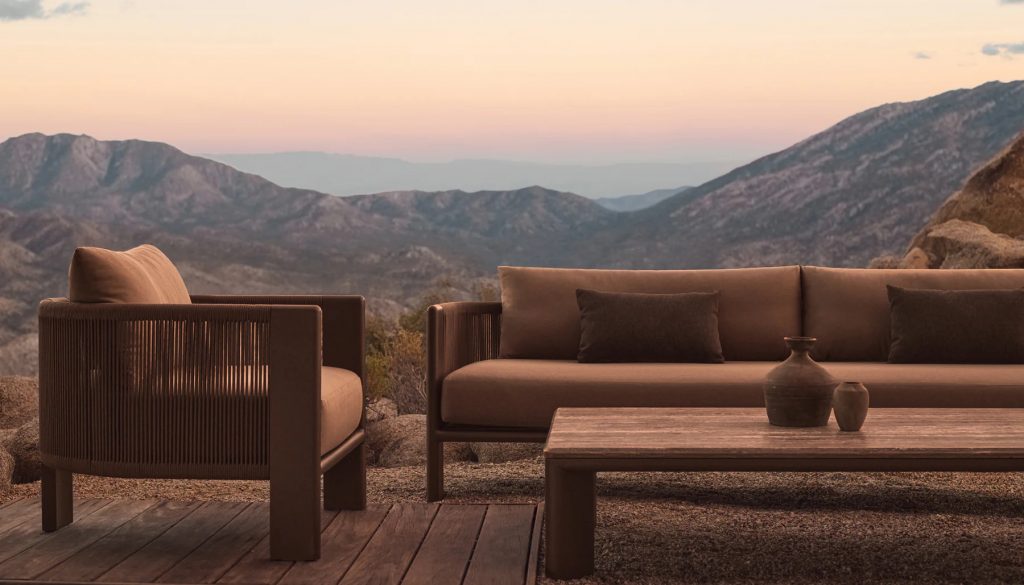
Opt for A-grade teak furniture and handcrafted wooden tables to achieve this look. Throw in some textured cushions and woven accents for added warmth. At All American Outdoor Living, our collection of rustic patio furniture is designed to withstand Arizona’s unique climate while providing that timeless charm.
3. Coastal Bliss
Transport your patio to a seaside paradise with coastal-style patio furniture. Characterized by light woods, airy fabrics, and oceanic hues, this style brings a refreshing breeze to any Arizona backyard. Wicker and rattan furniture pieces are popular choices, as they add a natural touch while maintaining a laid-back aesthetic.
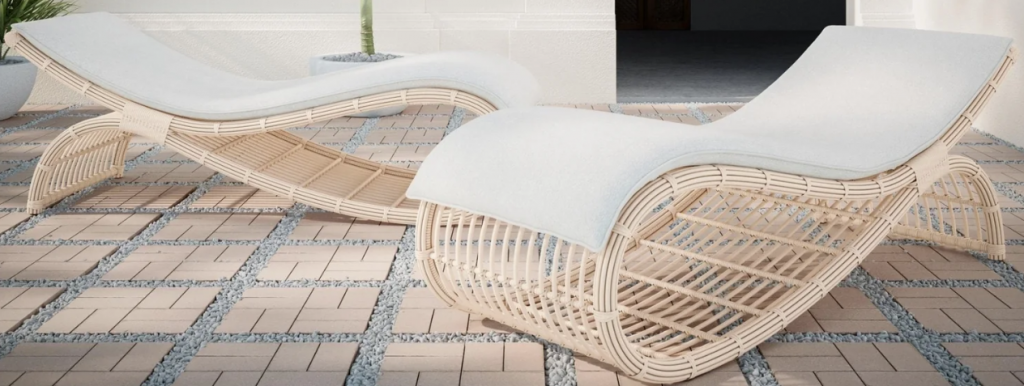
Complete the look with nautical accessories like rope lanterns and striped cushions. A mix of white, blue, and sandy beige shades will evoke a beachside retreat. Discover the perfect coastal patio furniture at All American Outdoor Living to bring a slice of the beach to your home.
4. Boho Chic
Boho-style patios are all about vibrant patterns, layered textures, and a relaxed, eclectic feel. Think macramé accents, patterned throw pillows, and low seating arrangements that encourage comfort and casual lounging. In Arizona, boho patios are perfect for creating a vibrant oasis amidst the desert landscape.
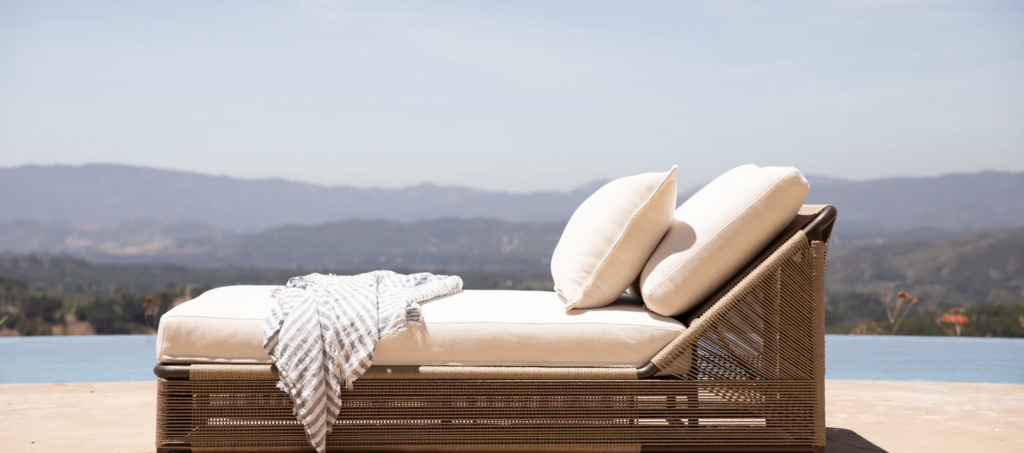
Incorporate colorful rugs, hammock chairs, and oversized floor cushions to complete the look. All American Outdoor Living offers a selection of boho-inspired patio furniture that can transform your outdoor space into a whimsical retreat.
5. Minimalist Sophistication
Minimalism is about stripping away the unnecessary and focusing on functionality and simplicity. Opt for patio furniture with clean, unadorned lines and a muted color palette. In Arizona, minimalist styles are particularly suited for patios with modern architecture or desert-inspired landscaping.
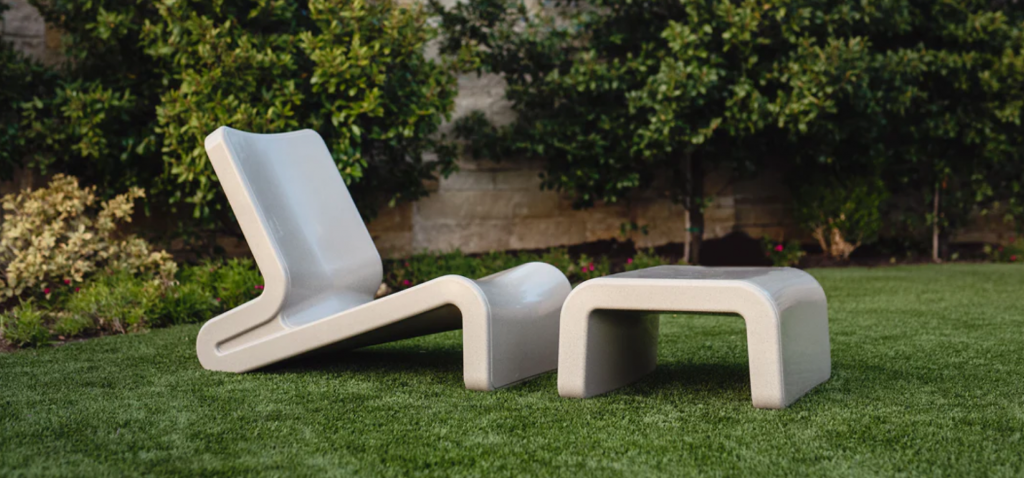
Use a few key pieces, like a streamlined dining set or a simple lounge chair, to maintain an uncluttered atmosphere. For a finishing touch, add potted succulents or a single statement piece to create visual interest. Explore minimalist patio furniture at All American Outdoor Living to complete your sleek, sophisticated outdoor space.
Finding Your Perfect Style
Choosing the right patio furniture style ultimately depends on your personal taste and how you plan to use your outdoor space. Whether you prefer the sleek lines of modern design or the laid-back vibes of a coastal setting, All American Outdoor Living has the right pieces to match your vision. As a leading provider of Arizona furniture, we understand the unique demands of our local climate and strive to offer durable, stylish options for every aesthetic.
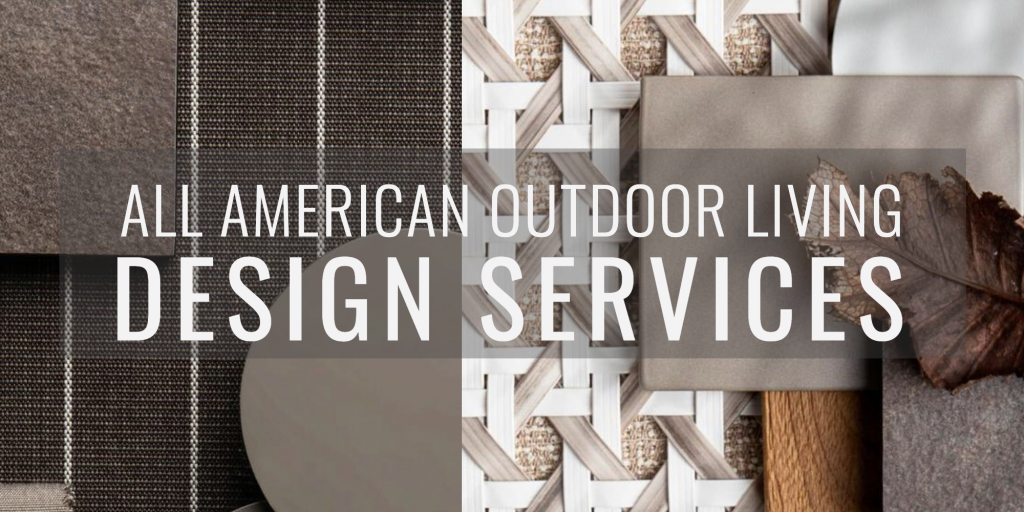
Connect with All American Outdoor Living
Ready to transform your patio? Visit our website to browse our collections or stop by our showroom for personalized advice. Our design services are customized to your needs, ensuring that your project, whether it’s an existing space or a new build, is completed efficiently and within your budget. Our team is here to guide you from concept to completion, making your vision a reality.
Meet our expert designers to start planning your dream patio: Meet the Designers
We’d love to hear from you! Leave a comment below and let us know your favorite patio style. For more information or to schedule a consultation, call All American Outdoor Living today. Let’s make your outdoor space truly unforgettable.

